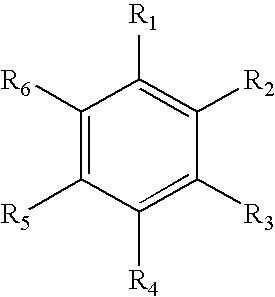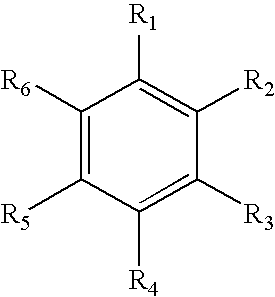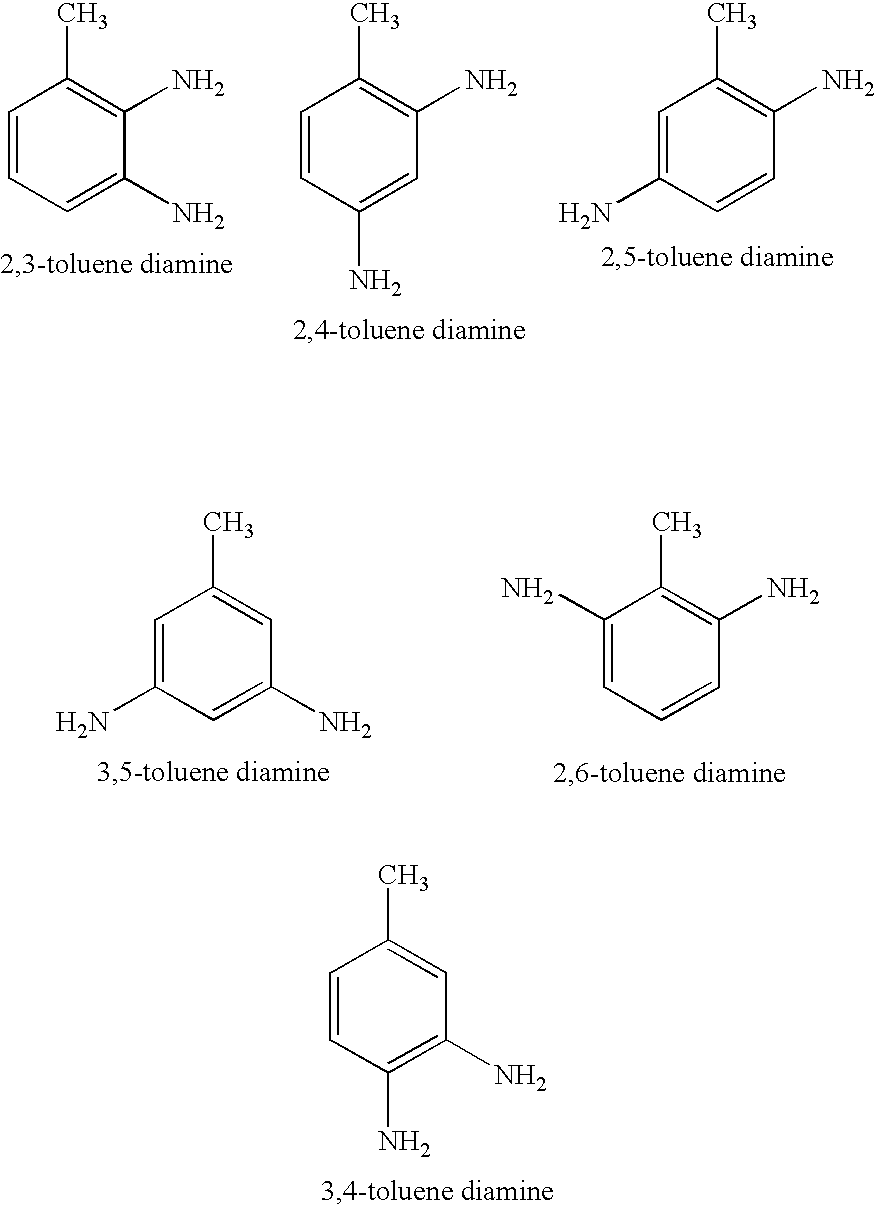Encapsulated particle
a technology of encapsulated particles and polyurethane layers, which is applied in the field of encapsulated particles, can solve the problems of inability to effectively customize the thickness of the polyurethane layer disposed about the core particle, the requirement of expensive and perishable manufacturing components, such as castor oil, and the fast rate of the core particle dissolving in the soil, so as to prevent phytotoxicity, reduce the cost of manufacturing components, and reduce the cost of manufacturing
- Summary
- Abstract
- Description
- Claims
- Application Information
AI Technical Summary
Benefits of technology
Problems solved by technology
Method used
Image
Examples
examples
[0034] Encapsulated particles, according to the present invention, were prepared in beakers. Specifically, 4 g of a polyol derived from an aromatic amine-based initiator were heated to 90° C. and added dropwise to a beaker containing 100 g of commercial urea spheres to form a polyol-urea mixture. The polyol-urea mixture was swirled gently using a foam mix blade to ensure distribution of the polyol derived from an aromatic amine-based initiator around the urea spheres. 5 g of an aromatic isocyanate preheated to 90° C. was added to the polyol-urea mixture and manually swirled to ensure complete contact between the commercial urea spheres and the reaction product of the polyol derived from an aromatic amine-based initiator and the aromatic isocyanate. The complete contact resulted in a polyurethane layer disposed about the commercial urea spheres. The commercial urea spheres were subsequently stirred with a foam mix blade to minimize agglomeration resulting in a free flowing group of c...
PUM
| Property | Measurement | Unit |
|---|---|---|
| viscosity | aaaaa | aaaaa |
| viscosity | aaaaa | aaaaa |
| temperature | aaaaa | aaaaa |
Abstract
Description
Claims
Application Information
 Login to View More
Login to View More - R&D
- Intellectual Property
- Life Sciences
- Materials
- Tech Scout
- Unparalleled Data Quality
- Higher Quality Content
- 60% Fewer Hallucinations
Browse by: Latest US Patents, China's latest patents, Technical Efficacy Thesaurus, Application Domain, Technology Topic, Popular Technical Reports.
© 2025 PatSnap. All rights reserved.Legal|Privacy policy|Modern Slavery Act Transparency Statement|Sitemap|About US| Contact US: help@patsnap.com



